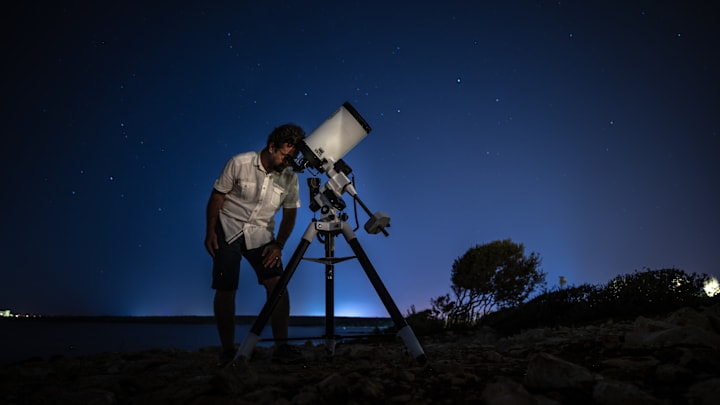The Blaze Star, also known as T Coronae Borealis, has been the focus of attention for several months after astronomers predicted it would explode in August or September. However, nothing has happened.
Despite high expectations, the anticipated explosion has yet to occur as of October 30, 2024, sparking curiosity and deeper investigation into the factors influencing this delay. Keep reading as we dig a bit deeper.
What is the Blaze Star, and why is it important?
The Blaze Star is around 3,000 light-years from Earth in the constellation Corona Borealis. It is a unique example of a recurrent nova, meaning it periodically undergoes dramatic, observable outbursts that occur because the Blaze star is part of a two-star system, which consists of a white dwarf and a red giant. The white dwarf pulls material from the red giant, leading to explosive energy releases when enough material accumulates. This will cause the Blaze Star to dramatically brighten, transforming it from a dim magnitude 10 to a bright magnitude 2, visible with the naked eye for a short period.
During these events, astronomers can observe reactions that are typically hidden within stars’ interiors. The Blaze Star’s recurrent nova status—exploding every few decades—is rare and allows astronomers to monitor and study its behavior across multiple explosions. With telescopes and technology far more advanced than those used in the previous explosion that occurred in 1946, the upcoming outburst promises to deliver unprecedented insights into how white dwarfs evolve within binary systems
Why the delay? Exploring factors in the postponed explosion
Unfortunately, there doesn’t seem to be a definitive answer to why it hasn’t exploded. Scientists have noted a gradual dimming in the Blaze Star’s brightness over recent years, similar to behaviors observed before its 1946 explosion, which they believed was a sign that the transfer between the stars was reaching a critical level. However, each cycle of material accretion differs slightly due to fluctuations in the red giant’s mass ejection, which can alter the eruption timing by months or even years.
Some researchers speculate that its periodic delay could also be linked to shifts in the white dwarf’s surface temperature and pressure conditions, which affect how quickly it reaches the explosion threshold. This unpredictability means that astronomers are left in suspense, with telescopes ready to capture the explosion once it happens but unable to forecast exactly when. It also highlights that we have a lot left to learn.
Preparing for a cosmic show: How and when to view the Blaze Star
When the Blaze Star does explode, the event will be visible without a telescope for several days, with binoculars revealing its brightening for up to a week. The nova will be located in the constellation Corona Borealis, a small but easily recognizable formation in the northern sky.
For enthusiasts hoping to observe this event, familiarizing themselves with Corona Borealis is helpful, especially as the constellation becomes more challenging to spot in the winter months. Once the explosion occurs, observers can look for the newly bright star just below the semicircle formation of Corona Borealis, situated between the larger constellations of Boötes and Hercules. Stargazing apps can assist in pinpointing the nova’s location, ensuring viewers can experience this rare and breathtaking phenomenon if it does occur.
Follow GeekSided to stay up to date with the Blaze Star
